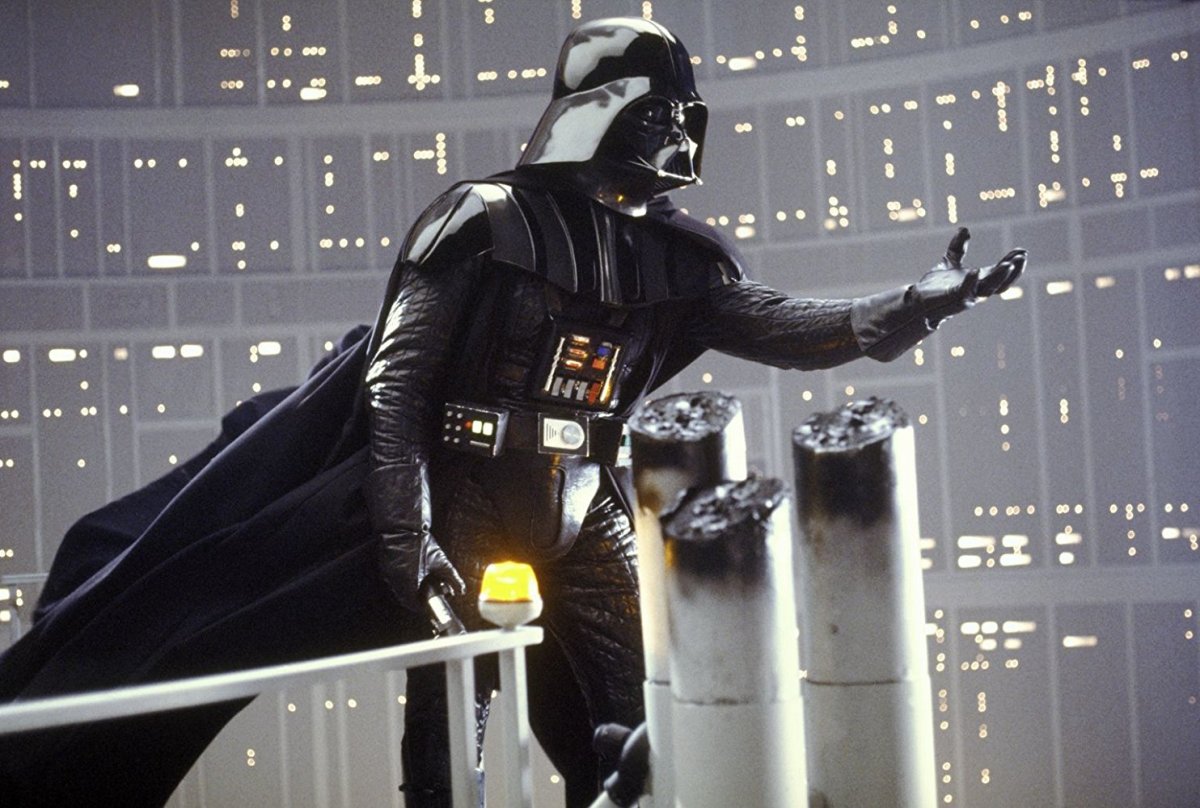 There’s a line in a TV spot released late in the campaign cycle for Solo: A Star Wars Story that encapsulates something about the character Disney/Lucasfilm is eager to convey to the audience. Off-camera, as we see shots of the Millennium Falcon racing through space, Han Solo simply says “I don’t think I’m ever going to learn.” That, to my mind, represents a fundamental part of the character as he’s appeared not just in movies but also across other books and comics: He’s always not learning the lessons he should, relying instead on his instincts and bluffing his way out any situation he finds himself in.
There’s a line in a TV spot released late in the campaign cycle for Solo: A Star Wars Story that encapsulates something about the character Disney/Lucasfilm is eager to convey to the audience. Off-camera, as we see shots of the Millennium Falcon racing through space, Han Solo simply says “I don’t think I’m ever going to learn.” That, to my mind, represents a fundamental part of the character as he’s appeared not just in movies but also across other books and comics: He’s always not learning the lessons he should, relying instead on his instincts and bluffing his way out any situation he finds himself in.
My recap of the highly-condensed marketing cycle can be found at The Hollywood Reporter, but I’m sharing below some aspects of the campaign not captured there. You can also read more from me about the movie in my earlier post about the way there’s a definite beat to the trailers and TV spots, my long-form thoughts on the reasons the Solo campaign didn’t start until February of this year, and an Adweek column from last month about some unusual choices Disney/Lucasfilm made while running the campaign.
Online and Social
The section on StarWars.com devoted to the movie is filled with information, from a poster gallery to links to relevant posts made on the site’s blog to the Databank entries on the characters in the story. It’s pretty much everything you could want to know about the film and honestly I wish this kind of approach were taken with all movies.
Advertising and Cross-Promotions
ESPN ran a co-branded TV spot featuring Chewbacca to promote both the movie and the network’s broadcast of the NBA Eastern Conference finals, a partnership that was extended when Chewbacca himself showed up at a Cavaliers/Celtics game.
Another IMAX spot played like some of the other commercials, complete with Lando tossing Han a pistol in the middle of a gunfight. IMAX also released a promo video that takes a fun, lighthearted look at how Star Wars – specifically the Falcon – has been a constant over the years for audiences of all ages.
With the exception of a photo of the cast in the cockpit of the Millennium Falcon, the first real publicity came from an Omaze charity campaign that offered fans a chance to visit the set of the movie.
In addition to the movie’s official promotional partners, the movie got a lot of unofficial help on this year’s May the Fourth, the day that’s now become an annual celebration of all things Star Wars. In that way, the movie was unique among the more recent Star Wars movies in that it’s the first one to come out so close to that date.
Of course there were a slew of consumer products offered for all audiences and age groups as well, including Hot Topic exclusive apparel, a Foot Locker collection of apparel and more. The Star Wars: Jedi Challenge mobile AR game got an update letting people play an augmented reality version of holochess right on their phones. There was also the Last Shot novel that expanded on the friendship between Han and Lando. The Battlefront II game got an update with a “Han Solo” season of the game that wasn’t tied specifically to the movie but was part of the overall promotion of the character.
A featurette released a few months out from release offered mini-interviews with Ehrenreich, Howard, Clarke, Glover and others and also showed off new footage. That included moments when Han really got to know Chewie as well as our first look at Han in his early days as an Imperial soldier, something that has to date been the subject of non-cinematic stories.
It also wasn’t surprising when the first clip that was released showed the moment Chewie first sat in the copilot’s seat of the Falcon alongside Han.
It’s unclear who the creator is, but a LEGO version of the (edited) trailer was officially released. Those things are usually confined to fan creations, but this one seems to have corporate approval, making me think it actually comes in some manner from LEGO Group.
Media and Publicity
Unfortunately the first real big news was both negative and very odd. Chris Miller and Phil Lord, who had been working on the project for years and were through months of principal photography left with just weeks of shooting remaining, citing creative differences. While directors drop out all the time, to do so this late in production is highly unusual, if not nearly unprecedented, especially for a high-profile like this.
After a day or so of speculation, it was announced Ron Howard would be taking over directorial duties. At that point Howard began a charm offensive, regularly sharing non-spoilery photos from the set and talking about how things were going just fine, thanks. Most of the cast weighed in over the next couple months as Harrelson and Glover in particular commented on the switch but kept emphasizing that it was all for the best and the movie was still firmly on track.
Eventually the name of the movie was revealed and it was just what people expected it to be, which didn’t stop many from reacting badly. But it’s the logical choice and there were lots more danger areas available if Disney or Lucasfilm had tried to get overly clever with the title. That was followed a few months later by a synopsis that offered no story details whatsoever.
Later on Miller and Lord shared some background on why they parted ways with the movie, saying there just wound up being too big a gap between their approach and that of the producers and studio. Glover spoke later about how his experience on the production wasn’t all that changed despite the turmoil and that he enjoyed one of his few recent pure-acting gigs.
Right after the trailer finally hit the movie was given a cover story package in Entertainment Weekly that included lots of new stills as well as an interview with Ehrenreich about what lead him to take on such an iconic role and what challenges he faced, details on how much Ford was involved in providing insights to both Ehrenreich, Howard and others. There were also finally details revealed about what role Waller-Bridge was playing as well as that played by Clarke, an interview with Glover, profiles of the various outlaws in the story and lots more. The story of Howard coming aboard was recounted once more including details of how the switch happened and how George Lucas himself got involved while visiting the set. And some insights were offered as to why the Falcon looks different here than it does when we see it on Tatooine in A New Hope. A special edition magazine collecting all of EW’s Solo-related coverage and more was released later on.
While it wasn’t just about Star Wars, this feature interview with Glover did touch on his taking on the role of Lando and what prompted him to do so. Michael K. Williams, whose role was essentially cut in the transition between directors, continued to speak occasionally about the film and how proud he was to have worked on it, even if that work won’t ultimately be seen.
Everyone was a bit taken aback – and a somewhat skeptical – when it was announced the movie was being scheduled for an out-of-competition at the Cannes Film Festival just days before it hit U.S. theaters, an appearance that included most all of the cast and other big events. More press revealed new images and other small details. Shortly after that Waller-Bridge was interviewed about how she got involved with a Star Wars movie and how she went about delivering a motion-capture performance.
There was a lot to unpack in a substantial Esquire feature profile of Ehrenreich. That included him talking about his own casting and how he worked to live up to the expectations inherent in taking on such an iconic character, the whole director shuffle kerfuffle, the realities behind the “acting coach” rumors and more. This was the actor’s first real big publicity beat in the whole campaign, though why that is can only be speculated on.
Glover later appeared on an episode of “Saturday Night Live” not only taking on the duties of host (including a skit with him as Lando at a conference about black people in space) but also working as the musical guest, dropping not one but two incredible new songs as Childish Gambino. Part of the promotion for that appearance included a reworking of his movie poster to replace “Solo” with “SNL.”
Given the rough start the film got on the publicity front, it was a bit surprising when, a few weeks out from release, tracking numbers indicated it was likely to open with about $160 million in box-office, a start that would mark the highest Memorial Day opening of all time.
In the weeks before the movie came out both Ehrenreich, Glover, Harrelson and other members of the cast hit the talk show circuit to talk about taking on such iconic characters, their history with the franchise, not spoiling story elements and more. There was a cool moment during a bigger “meet the cast” media day where Ford surprised Ehrenreich in the middle of an interview, pulling his “grumpy but really sweet” routine.
Ehrenreich and Glover sat down for a joint interview where they talked about stepping into such iconic roles, their overall experiences in Hollywood and more. There were also additional profiles of Waller-Bridges as well as of Joonas Suotamo, the man inside the Chewbacca costume. Clarke was also interviewed and given the chance to talk about the directorial shakeup and more.
Another interview with Howard had the director talked effusively about the sequence of events that lead up to him taking on the project mid-production and heaping praise upon Miller and Lord, saying they were gracious in working with him to help him ramp up and that if given the opportunity he’d work with them without hesitation. Another later profile touched on many of the same topics and themes.
There were also comments made by Jonathan and Lawrence Kasdan, the movie’s screenwriters, about how they considered Lando to be pansexual, open to any experience. That’s all well and good, but this is the latest in a current trend of writers talking about how “they consider” characters to be LGBTQ or something without that ever actualy being represented on-screen. Glover, of course, basically said “Well yeah…it’s space” in response to this and talked some more about the production issues. Those issues were summarized in a few pieces like this and took the reader through all the rumors, reports and changes that happened over the last couple years.
Clarke made a couple late night appearances to show off her terrible Wookie voice and so on. She also got a feature spotlight of her own. Marvel announced a comic series focusing on Beckett, the criminal mentor played by Harrelson. A number of marketing sites also put the spotlight on the Solo Cup cross-promotion, adding some nice earned media to the paid media, which was entirely the point of something too-clever-by-half like this campaign.
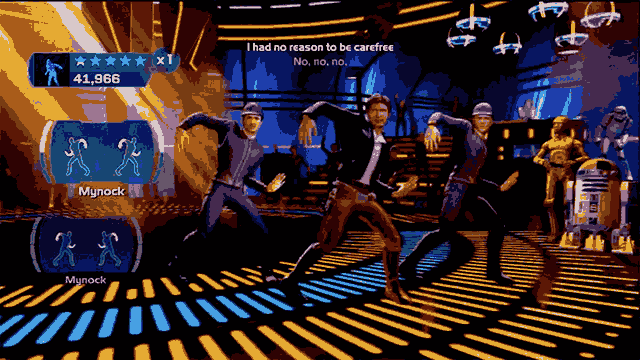
PICKING UP THE SPARE
ILM’s Rob Bredow spoke about a number of technology issues, including the use of virtual reality in the making of the movie.
It’s the most wonderful time of the year because Matt Singer at ScreenCrush chronicled his day spent eating the entire movie-themed menu at Denny’s, as did Heather Mason at SyfyWire.
The Chicago Tribune profiles local native Bradford Young about how his upbringing in the city influenced the style and attitude he brought to his work as cinematographer on the movie.
While it’s not specific to the movie, both The Hollywood Reporter and Film School Rejects use the occasion to talk with Perry King, who gave voice to Han Solo in the NPR-produced radio drama adaptations of all three of the Original Trilogy movies.
A substantial profile of Harrelson here that touches on why he decided to get involved in a big movie like this and how it fits into his overall career.
Screenwriters Lawrence and Jonathan Kasdan talk about working together and how they wanted to stay true to what audiences knew about the title character while also adding new elements to his background.
There’s a lot of Solo-related content coming to various Star Wars video games.
To the surprise of [looks around quickly] literally no one, a Wall Street analyst has blamed the marketing for the movie’s lackluster box-office results. He’s like 27% right, in that the marketing campaign was dictated largely by the release schedule, which was dictated by the other Star Wars movies coming out before and after it.
There’s a trailer for the Solo-related material coming to Star Wars: Battlefront II.
Borys Kit at THR does some digging and gets to the heart of the matter regarding Lucasfilm’s reaction to Solo’s underperformance, offering that while yes, the people there are taking fresh looks at everything there are still non-Saga projects moving forward.
It’s not a big push, but Disney/Lucasfilm are including a life-size replica of the Millennium Falcon’s cockpit as seen in the movie to the Star Wars booth at San Diego Comic-Con.
Star Thandie Newton talked more here about the dress she wore to the premiere featuring the faces of the characters of color in the franchise to date.
The “Arrested Development” themed promotional video narrated by Ron Howard won an Emmy.

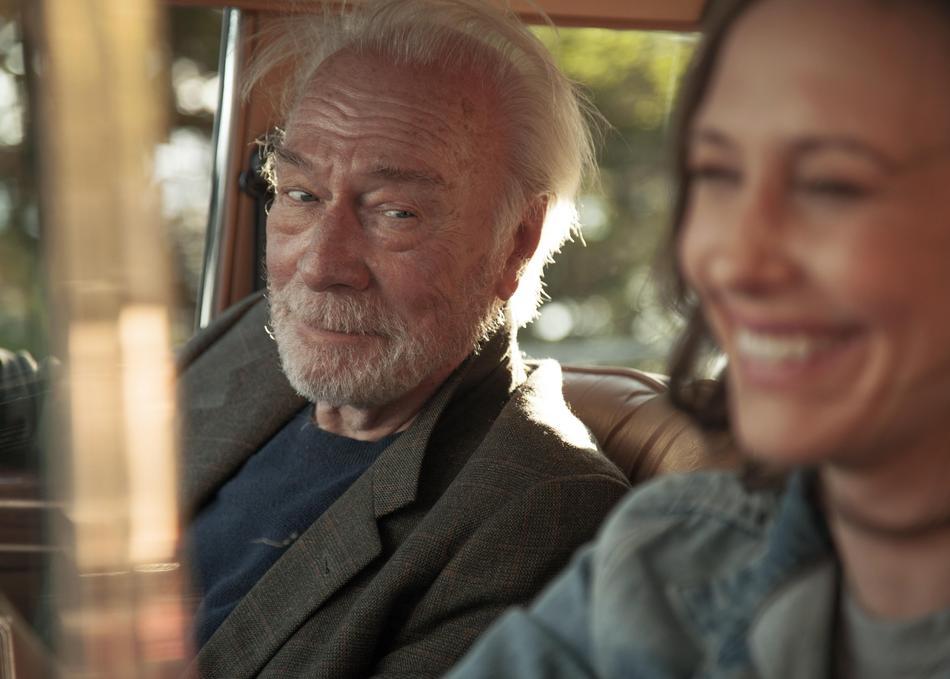
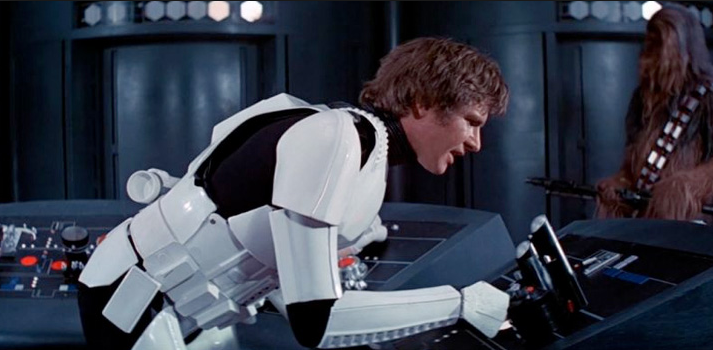

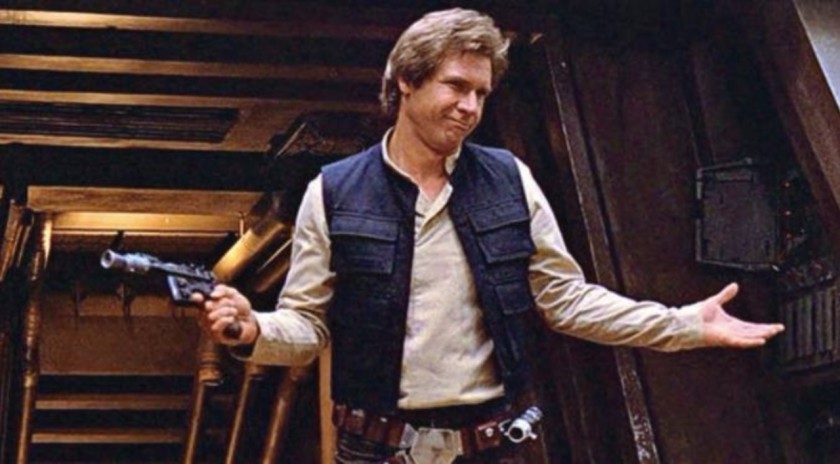

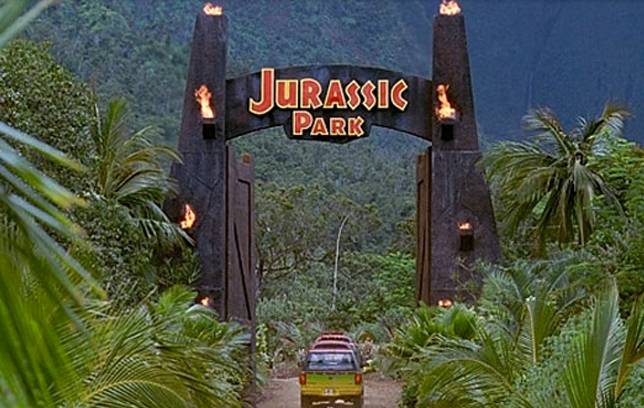
 To quickly recap, 1977’s Star Wars really was just “Star Wars” when it was originally released and continued to be thus for years. The release of The Empire Strikes Back really introduced the episode numbering to the series, though the three movies of the Original Trilogy were pretty much just known by their episode titles. Things got a bit muddled when the Prequel Trilogy came out and suddenly everything was “Star Wars: Episode # – Chapter Title.”
To quickly recap, 1977’s Star Wars really was just “Star Wars” when it was originally released and continued to be thus for years. The release of The Empire Strikes Back really introduced the episode numbering to the series, though the three movies of the Original Trilogy were pretty much just known by their episode titles. Things got a bit muddled when the Prequel Trilogy came out and suddenly everything was “Star Wars: Episode # – Chapter Title.” Disney/Marvel Studios have tried a little bit of everything with the titles for the 18 movies that have been released in the last 10 years. Let’s look at the studio has taken a number of different approaches to branding the cinematic outings of the heroes:
Disney/Marvel Studios have tried a little bit of everything with the titles for the 18 movies that have been released in the last 10 years. Let’s look at the studio has taken a number of different approaches to branding the cinematic outings of the heroes: There’s been some goofy branding going on with the Jurassic franchise, which this summer gets its fifth installment. The first sequel didn’t use Brand: Subtitle for the title but flipped it for The Lost World: Jurassic Park. The third movie then dropped a subtitle altogether for the simply-named Jurassic Park 3.
There’s been some goofy branding going on with the Jurassic franchise, which this summer gets its fifth installment. The first sequel didn’t use Brand: Subtitle for the title but flipped it for The Lost World: Jurassic Park. The third movie then dropped a subtitle altogether for the simply-named Jurassic Park 3. Paramount has branded the sequels to the 1996 original in a couple different ways that perhaps reflect how the approach to mindset around labeling has changed over the years.
Paramount has branded the sequels to the 1996 original in a couple different ways that perhaps reflect how the approach to mindset around labeling has changed over the years. Fox’s mutant-centric series has taken a fast and loose approach to branding, just like Universal’s rampaging dinosaurs. X-Men was followed by X2: X-Men United, then X-Men: The Last Stand, which eschewed numbering completely but which, in 2006, was a bit early when it came to fully adopting the subtitle structure. Things got weird with X-Men Origins: Wolverine, meant to be the first in a series of stand-alone character-centric movies (not unlike the “A Star Wars Story” films) before settling down with X-Men: First Class, which rebooted the franchise.
Fox’s mutant-centric series has taken a fast and loose approach to branding, just like Universal’s rampaging dinosaurs. X-Men was followed by X2: X-Men United, then X-Men: The Last Stand, which eschewed numbering completely but which, in 2006, was a bit early when it came to fully adopting the subtitle structure. Things got weird with X-Men Origins: Wolverine, meant to be the first in a series of stand-alone character-centric movies (not unlike the “A Star Wars Story” films) before settling down with X-Men: First Class, which rebooted the franchise. It’s worth pointing out that the granddaddy of them all, the great ancestor of these franchises, is of course James Bond. That series is over 55 years old but has never utilized the character’s name in any of the titles to its 24 films. While the 25th has just been announced it’s likely this will follow suit.
It’s worth pointing out that the granddaddy of them all, the great ancestor of these franchises, is of course James Bond. That series is over 55 years old but has never utilized the character’s name in any of the titles to its 24 films. While the 25th has just been announced it’s likely this will follow suit.
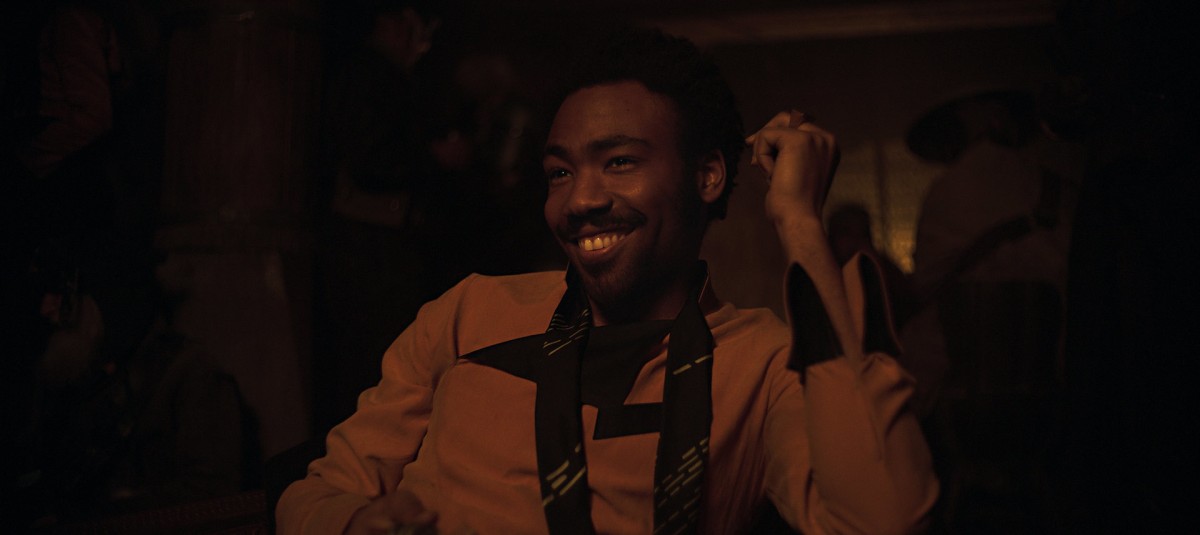





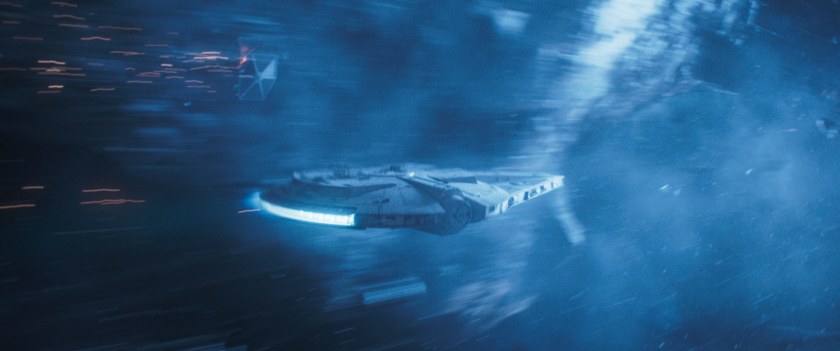
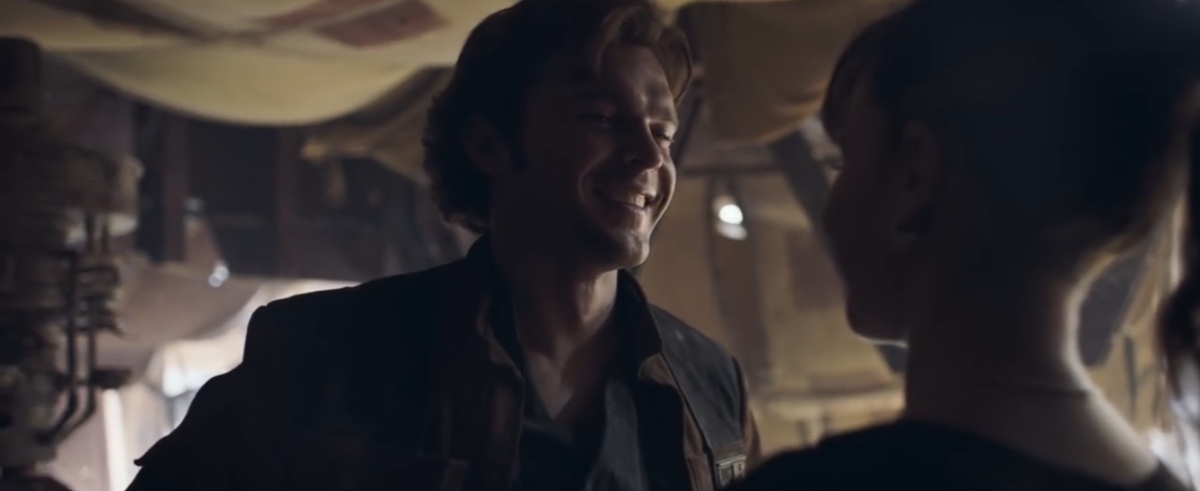
 There’s a line in a
There’s a line in a 
